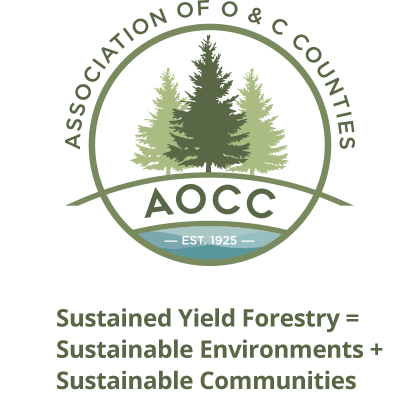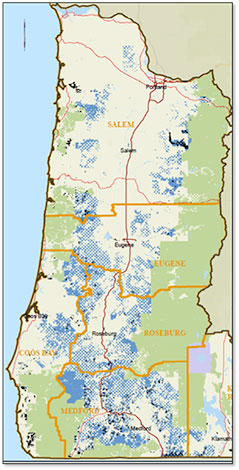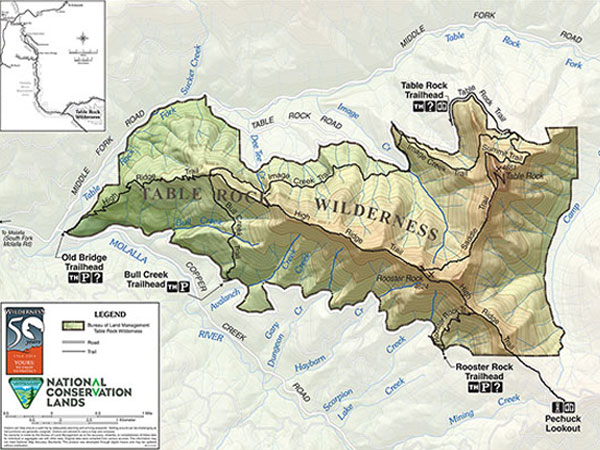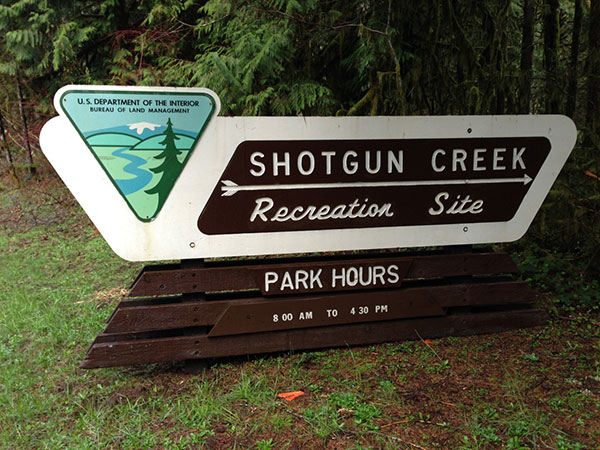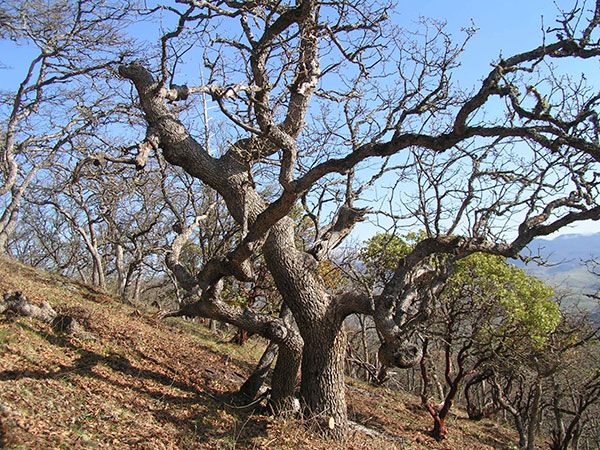Management of the O&C forest under the principles of sustained yield and producing at least 500 million board feet annually are basic requirements of the O&C Act. Federal regulations, policies, and plans over the last 20+ years have not complied with these basic requirements. The checkerboard land pattern of the O&C forest has far different biological capabilities than block ownership of the Forest Service, yet regulations and plans have been developed as though one size fits all. BLM’s 2016 plan, which precludes sustained management on 80% of the land, and produces at most 278 million board feet per year, demonstrates how far the current Federal policies have strayed from the basic principles for managing the O&C Forest.
This O&C Forest Management Scenario illustrates one way sustained yield management strategies could produce a range of forest conditions and values and still met the requirements of the O&C Act. Utilizing a variety of harvest cycles, legacy tree retention, harvest intensity and timing, multiple objectives can simultaneously be achieved. Sustained yield management is the foundation to provide multiple forest values for today and for future generations.

